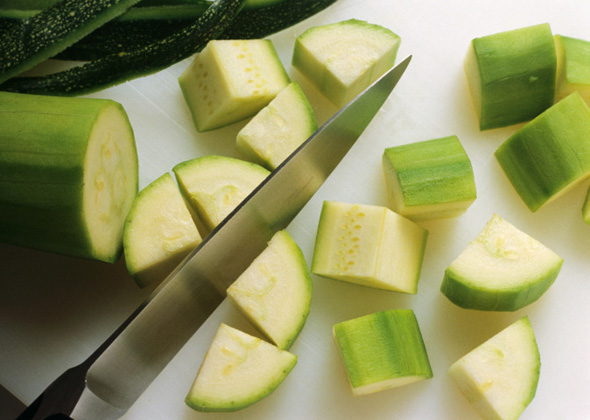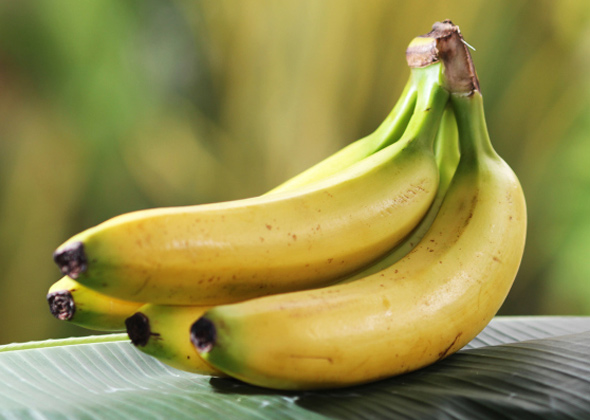Best Fruits and Vegetables for Dogs
Published on January 05, 2015
Skip To
If your New Year’s resolution is to eat healthier, we’ve got some good news: Your dog can do it, too! Fruits and vegetables make great treats for dogs, and we’ve got the skinny on which ones are OK to feed your dog.
If your pooch already eats a quality commercial diet that’s been approved by your veterinarian, he doesn’t necessarily need fruits and vegetables to balance his nutrition — not like we humans do, anyway. Still, fruits and vegetables (offered in moderation, of course) can be tasty, low-calorie and inexpensive snacks for dogs. So toss those fattening cookies and hit the produce section. It’s time to get healthy!
More on Vetstreet.com:
If your pooch already eats a quality commercial diet that’s been approved by your veterinarian, he doesn’t necessarily need fruits and vegetables to balance his nutrition — not like we humans do, anyway. Still, fruits and vegetables (offered in moderation, of course) can be tasty, low-calorie and inexpensive snacks for dogs. So toss those fattening cookies and hit the produce section. It’s time to get healthy!
More on Vetstreet.com:














